How can a seed buried deep in the soil break out of its shell?
What kind of world is contained in a small flower?
What are the mechanisms of sexual and asexual reproduction?
What are the structures and functions of different reproductive organs?
Year 10 biology students recently completed a unit on reproduction, which covered human reproductive systems and sexual reproduction in plants. During this unit, students studied various flower parts, such as sepals, petals, stamens, and carpels, examining them through diagrams and images, while learning the functions of each structure. Their understanding was further enhanced by a lab involving the dissection of fresh flowers.
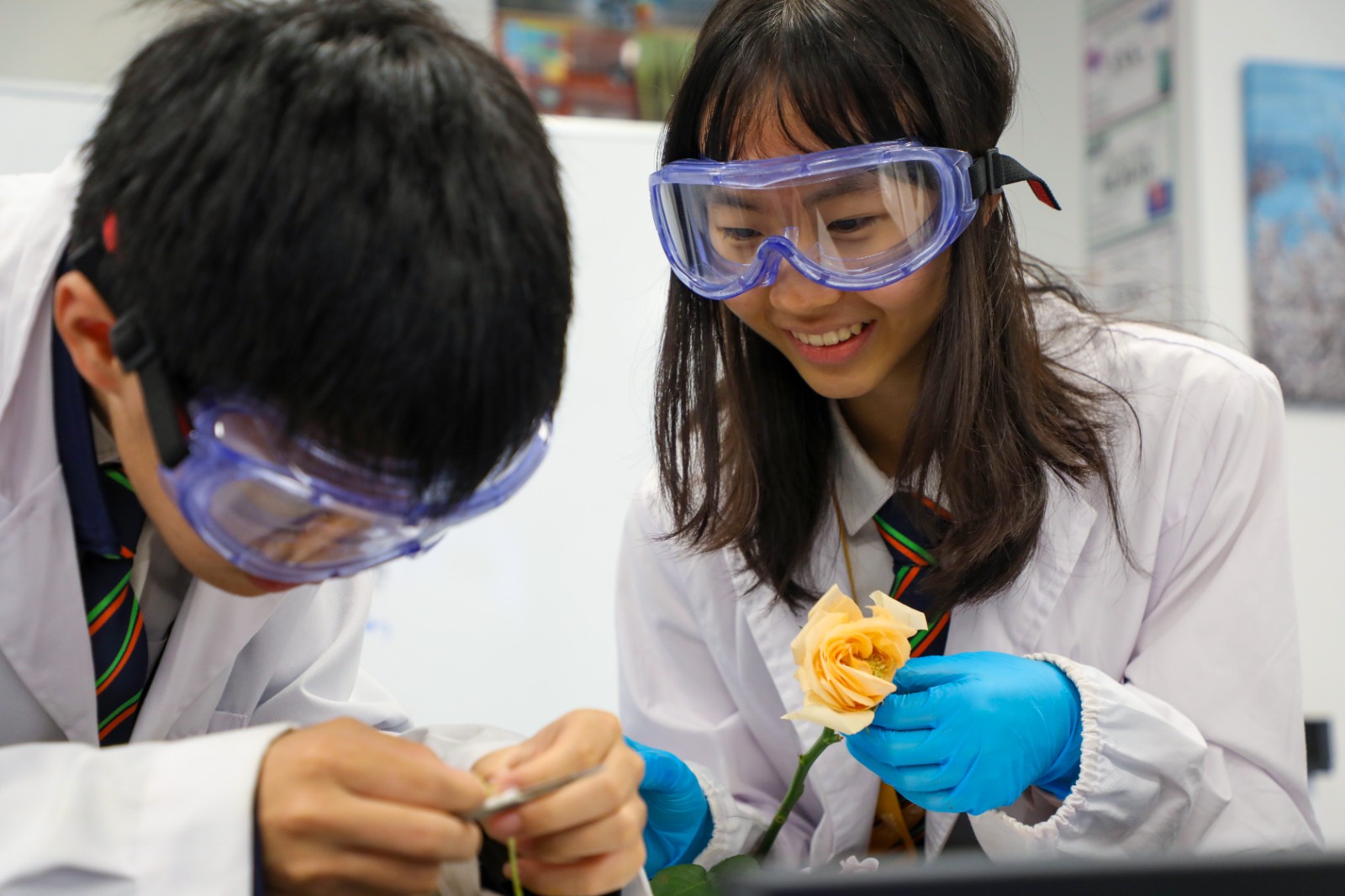
The lab provided students with the opportunity to explore the structures of both monocotyledonous and dicotyledonous plants. They began by identifying key characteristics of these plant types, noting that monocots, like lilies, have strap-shaped leaves with parallel veins and one seed-containing part, while dicots, such as roses, feature broad leaves with branching veins and two seed-containing parts. Drawing on their practical experience, the students produced a labeled illustration, identified the stamens, examined pollen under a microscope, and made additional drawings to include in their records. They then removed the stamens and focused on the carpel, examining the ovary, style, and stigma. In the final lab exercise, the students made a longitudinal cut through the carpel to observe the ovules inside.

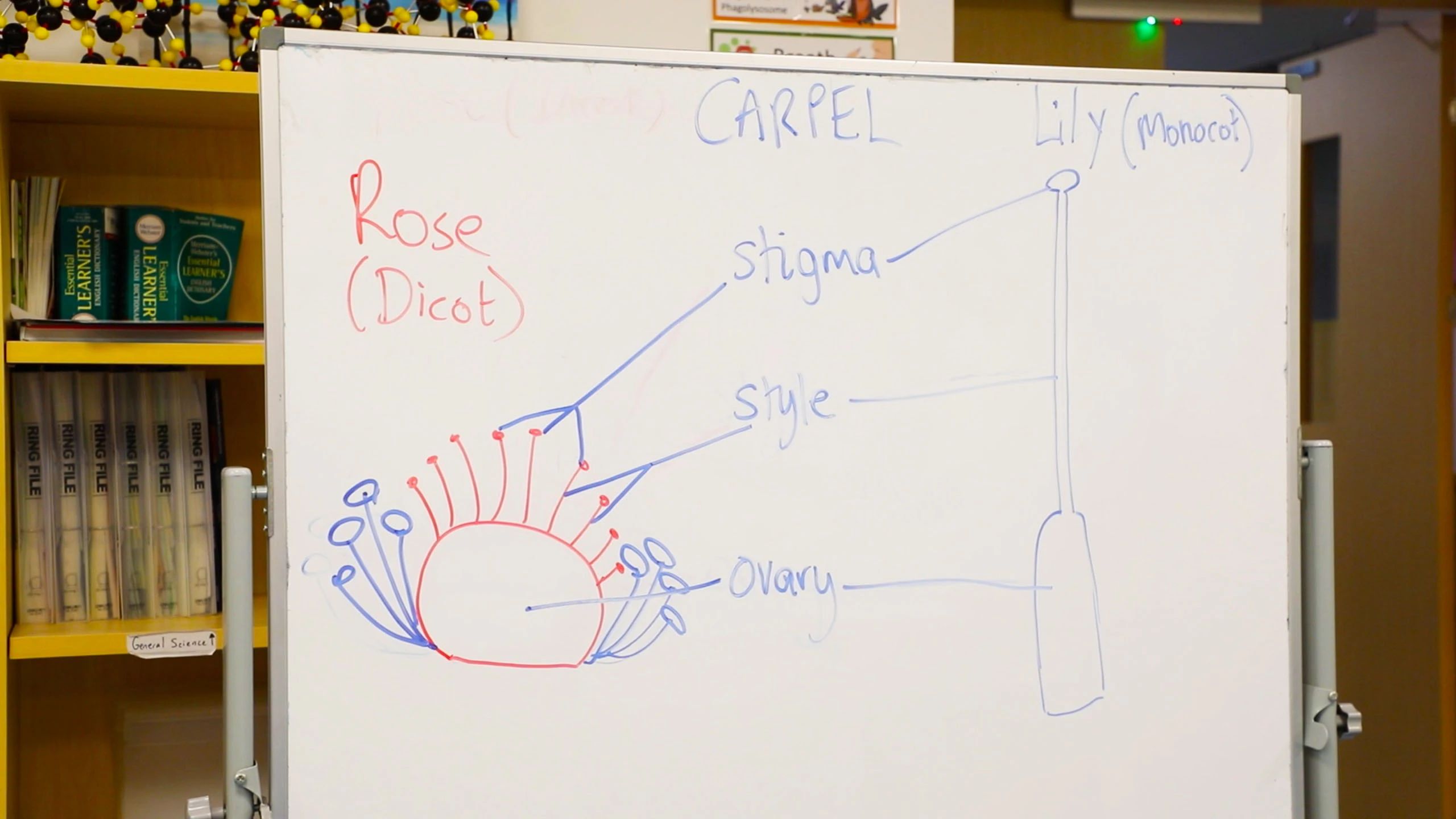
Biology teacher, Mr. Wen Zhao, aims to enhance student engagement both inside and outside the classroom by making abstract concepts intuitive. Mr. Zhao, who is Chinese-American, joined Pao School in 2021 to teach IBDP and IGCSE Biology. He was born in Shanghai into a scholarly family, where both his grandfather and aunt were educators, and immigrated to California with his family at a young age. After earning his Bachelor's and Master's degrees in Biotechnology from the University of California, Davis, and the University of Pennsylvania, he spent 14 years as a biology teacher in the U.S.
Wen says that Pao School emphasizes professional training, with school leaders actively encouraging teachers to explore new teaching methods and resources. Teachers are eager to share their experiences with one another. His Department Head, Steven Varty, encourages collaboration, taking the lead by sharing his own innovative teaching strategies and resources.
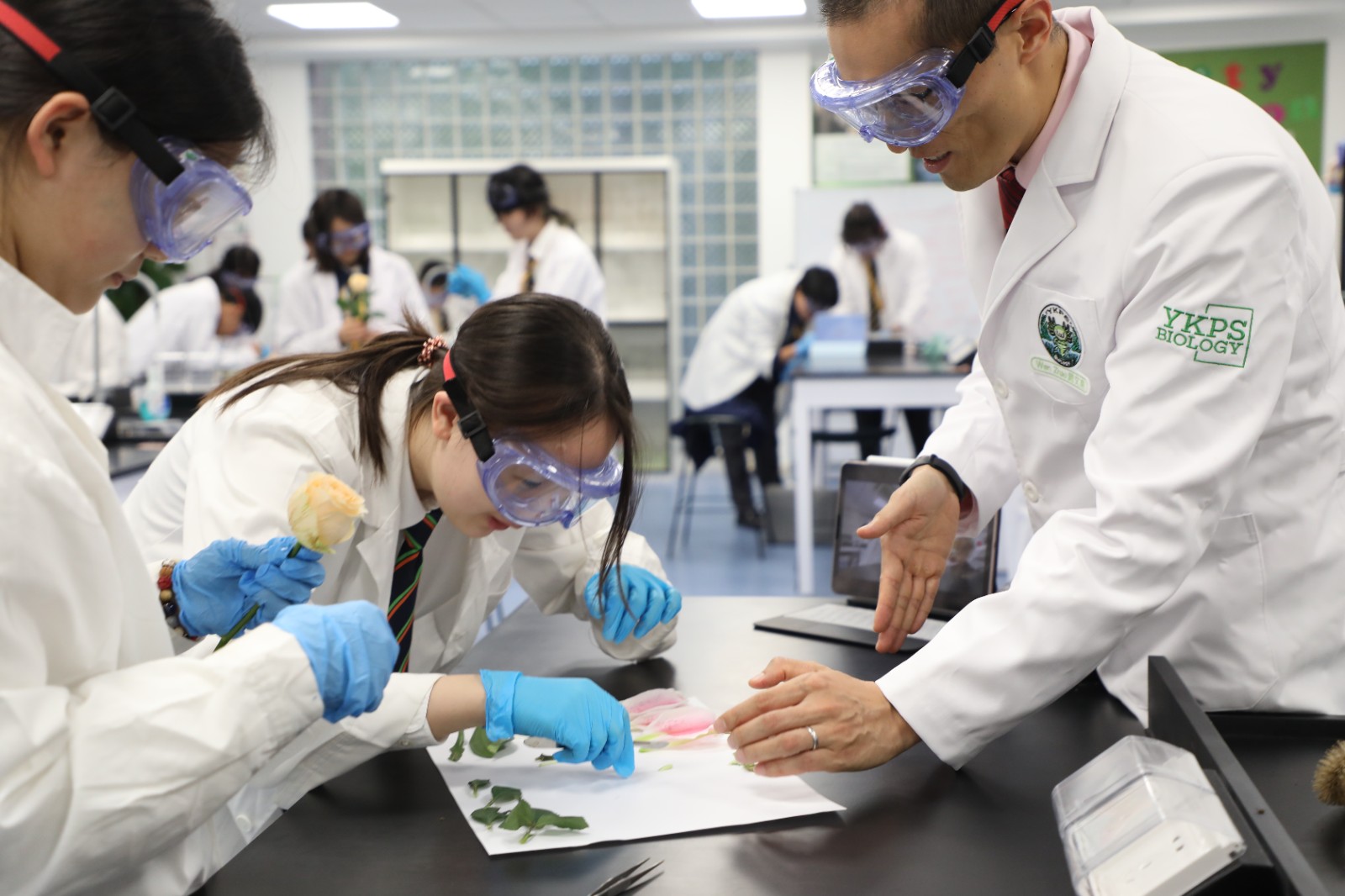

In recent years, Pao High School has developed a framework for high-quality teaching and learning, known as PPE, or ‘Purpose, Progress, and Engagement.’ Through this framework, educators are encouraged to explore and implement new teaching methodologies grounded in the latest educational research and the best practices. One of these approaches is the ‘Flipped Classroom’ model. In his biology class, Mr. Wen Zhao has adopted this innovative approach, which he had previously successfully implemented in the United States.
In a Flipped Classroom, students engage with foundational content outside of class, often through interactive videos or other digital resources, allowing them to learn at their own pace. By replacing the conventional lecture format, Flipped Classroom frees up contact time to promote more engaging and dynamic learning.
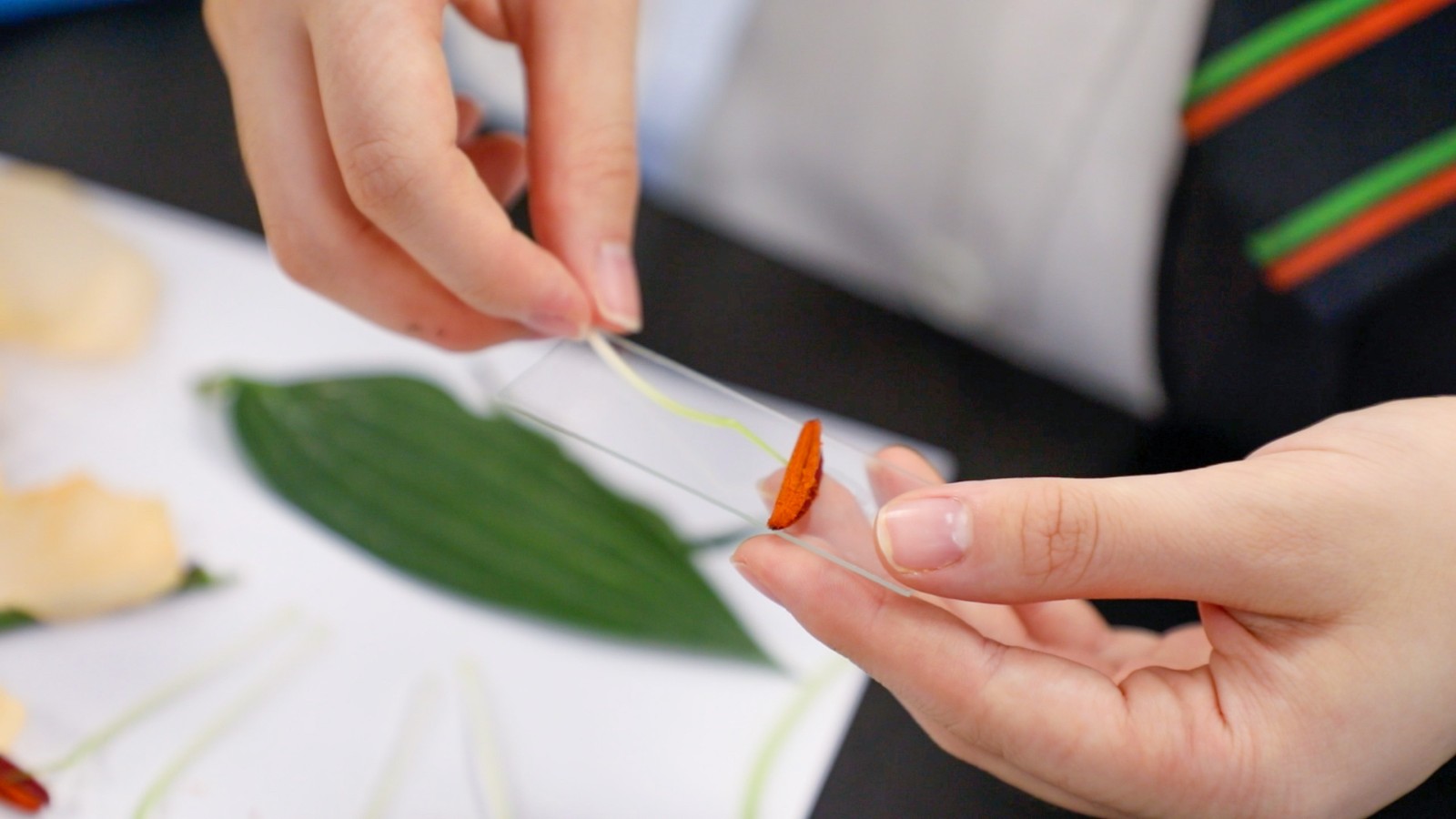

Alex Aristizabal, High School Director of Teaching and Learning, explained that the flipped classroom model allows valuable class time to be spent on more interactive activities, such as problem-solving exercises, critical thinking development, and hands-on projects.
We recognize that ongoing professional development is essential for educators to deliver the best possible learning experiences and to keep our teaching practices relevant and effective. The knowledge that teachers gain through various forms of professional development, both internal and external, is shared among colleagues and students, fostering a culture of continuous improvement.
——Alex Aristizabal
High School Director of Teaching and Learning
To implement this teaching method in biology classes, Mr. Zhao creates a 20-minute video before each lesson, covering key concepts and including four to five short questions at the end. He uploads the videos to EdPuzzle, an educational platform, and uses its tracking function to monitor students' viewing time, learning progress, and mastery of the material.

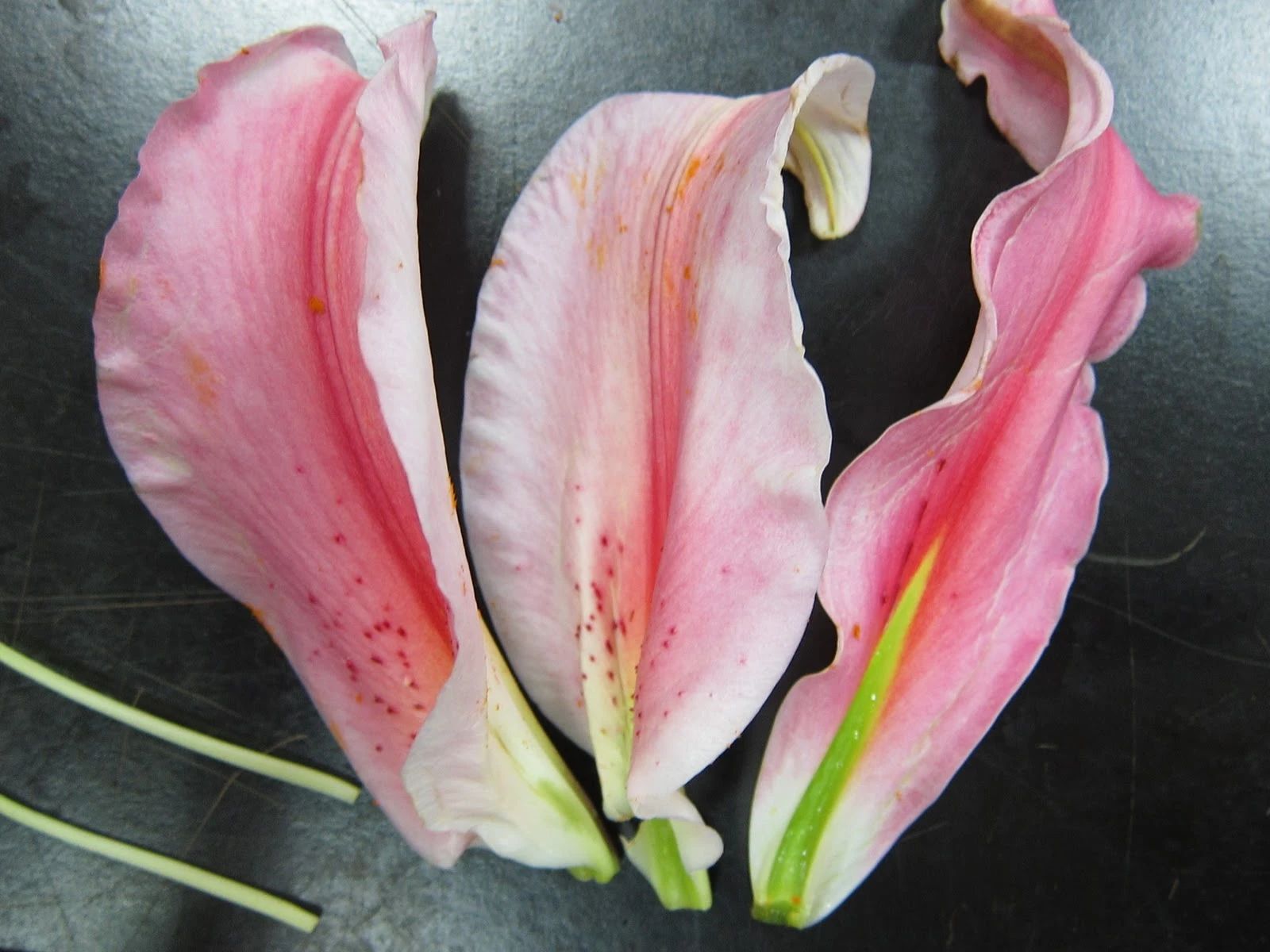
In class, Mr. Zhao re-emphasizes key concepts and extends discussions based on student understanding. He helps consolidate learning through engaging games and written exercises. He believes that the flipped classroom model is an effective way to build a positive learning environment.
Alina Shao from Year 10 agrees. This classroom approach promotes more engaging discussions and interactions, and allows her to learn more effectively.